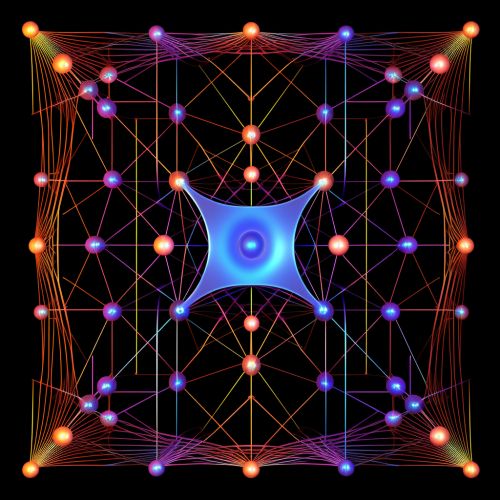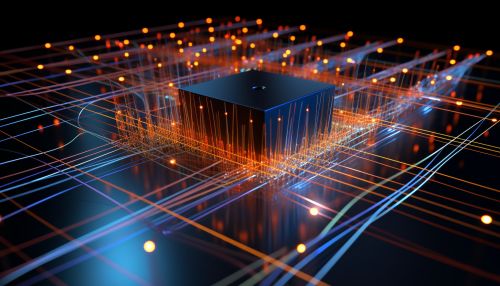Surface Codes
Introduction
Surface codes are a type of quantum error correction code that are used to protect quantum information from errors due to decoherence and other quantum noise. They are a two-dimensional type of topological quantum error correction code, and are currently the leading candidate for implementing fault-tolerant quantum computation.


Quantum Error Correction
Quantum error correction is a set of techniques for protecting quantum information from errors due to decoherence and other quantum noise. Quantum error correction is essential for quantum computing and quantum information processing, as these technologies rely on maintaining the integrity of quantum states, which are inherently fragile and susceptible to errors.
Topological Quantum Error Correction
Topological quantum error correction is a subfield of quantum error correction that uses the properties of topological phases of matter to protect quantum information. In these codes, the quantum information is stored non-locally, in the global properties of the system, which makes it robust against local errors. Surface codes are a type of topological quantum error correction code.
Surface Codes
Surface codes are a type of topological quantum error correction code that are defined on a two-dimensional lattice of qubits. The qubits are arranged in a square grid, with each qubit interacting with its four nearest neighbors. The quantum information is stored non-locally, in the global properties of the lattice, which makes it robust against local errors.
Stabilizer Formalism
In the stabilizer formalism, the surface code is defined by a set of stabilizer operators, which are products of Pauli operators acting on the qubits. The stabilizer operators are used to detect and correct errors. The surface code has two types of stabilizer operators, X-type and Z-type, which correspond to bit flip and phase flip errors, respectively.
Error Detection and Correction
In the surface code, errors are detected by measuring the stabilizer operators. If an error occurs, it will change the outcome of the stabilizer measurements, indicating the presence of an error. The error can then be corrected by applying a recovery operation, which is determined by the pattern of stabilizer measurement outcomes.
Fault-Tolerant Quantum Computation
Surface codes are currently the leading candidate for implementing fault-tolerant quantum computation. Fault-tolerant quantum computation is a method of performing quantum computation that is robust against errors. It involves encoding the quantum information in a quantum error correction code, such as the surface code, and performing quantum gates in a way that preserves the error correction properties of the code.
Advantages and Disadvantages
Surface codes have several advantages that make them a promising choice for quantum error correction. They have a high threshold error rate, meaning that they can tolerate a relatively high rate of errors before the error correction fails. They also have a relatively simple structure, which makes them easier to implement in practice. However, surface codes also have some disadvantages. They require a large number of physical qubits to encode a single logical qubit, which can be a challenge for current quantum technology. They also require the ability to perform high-fidelity measurements and operations on the qubits, which is a major technical challenge.
